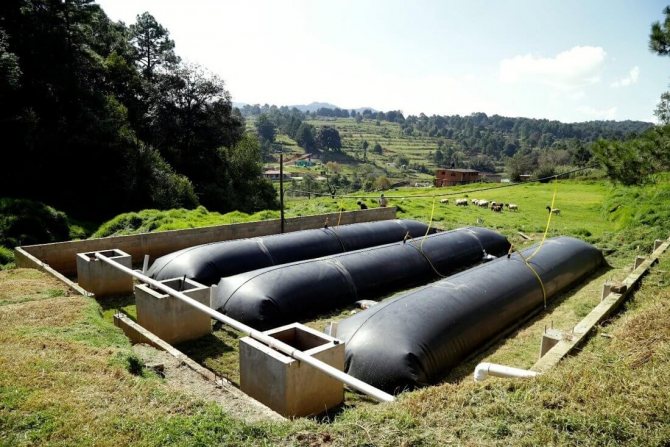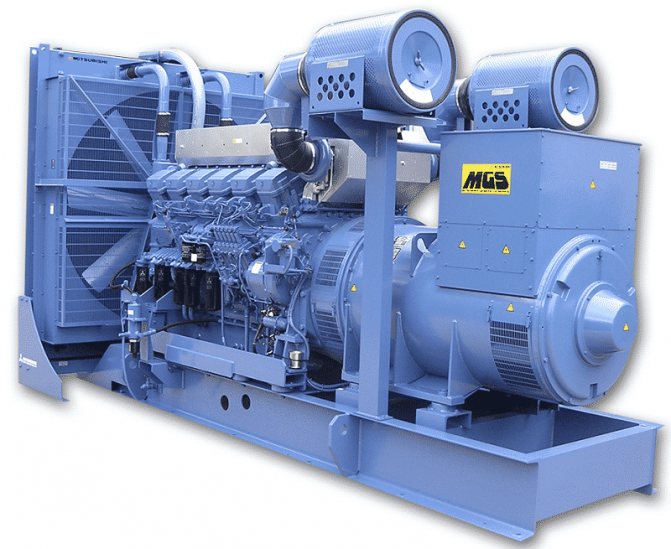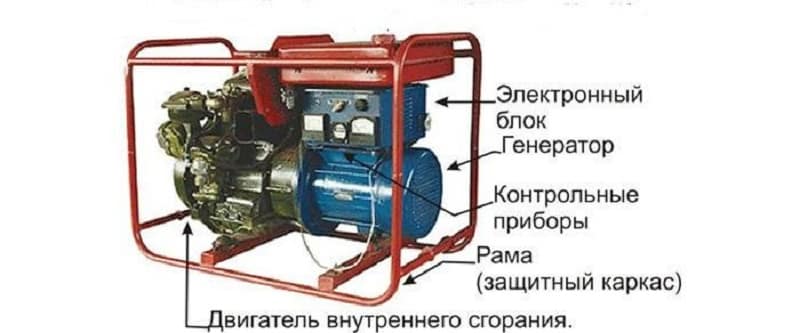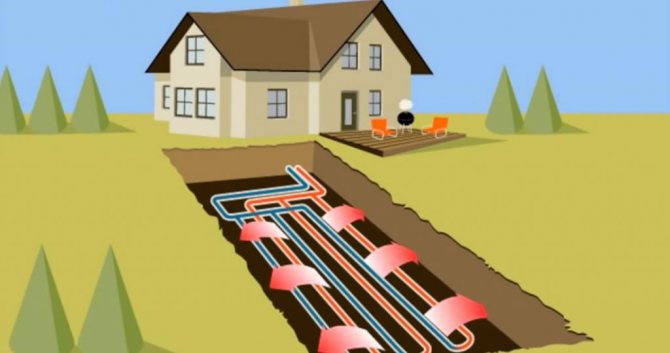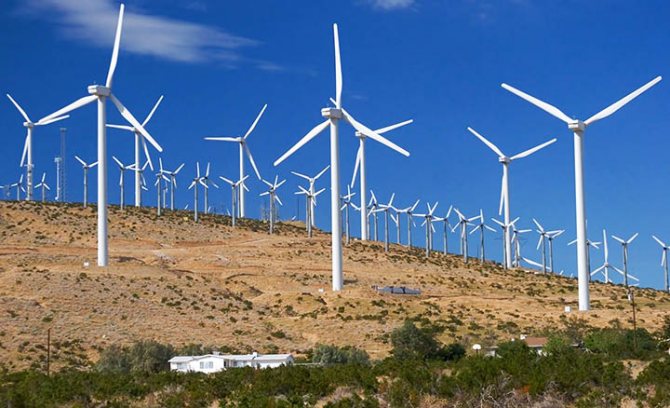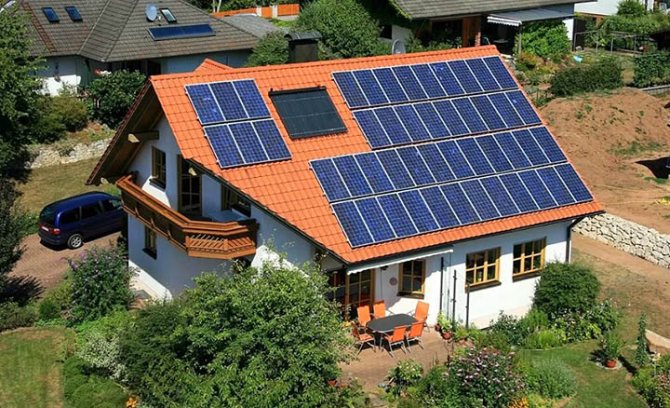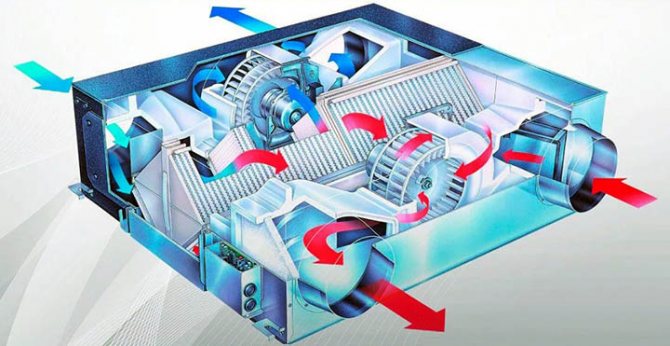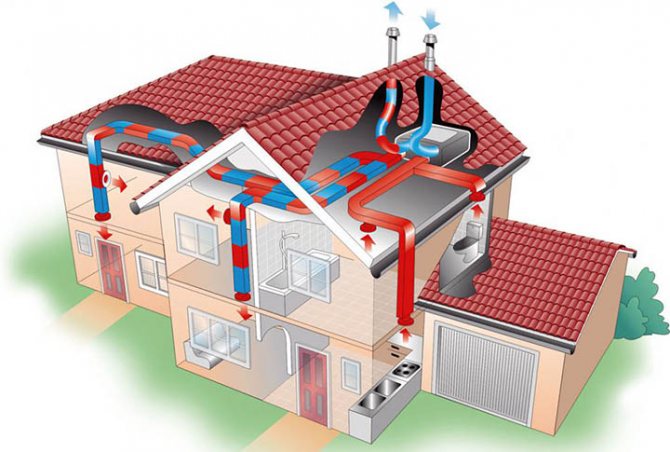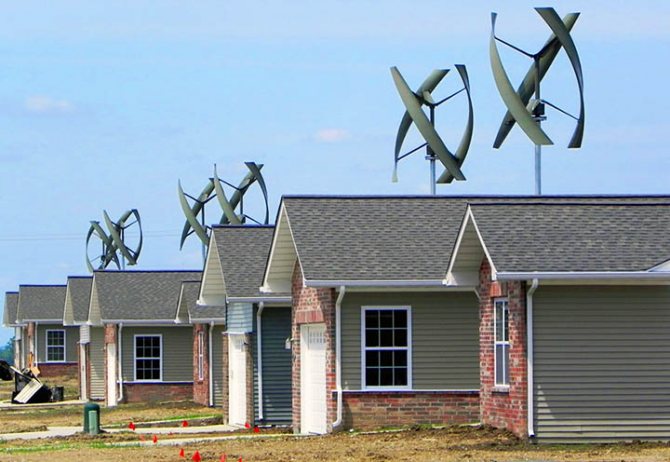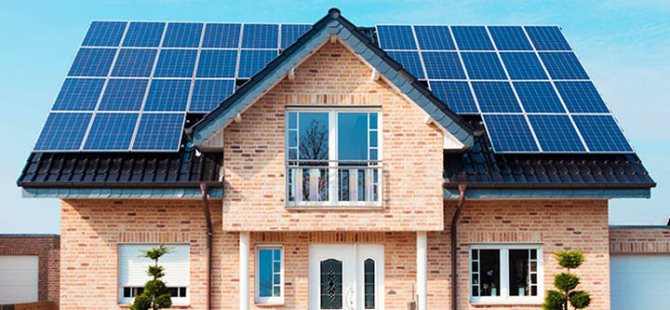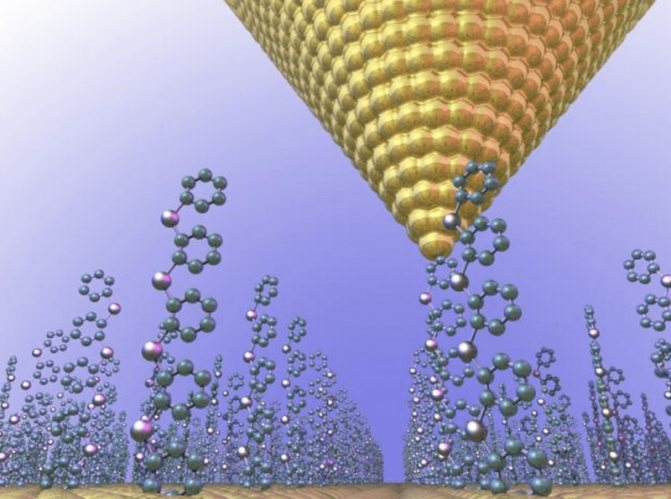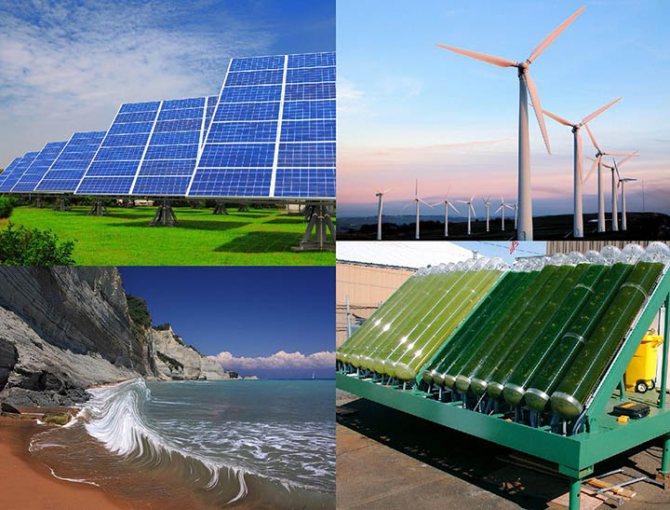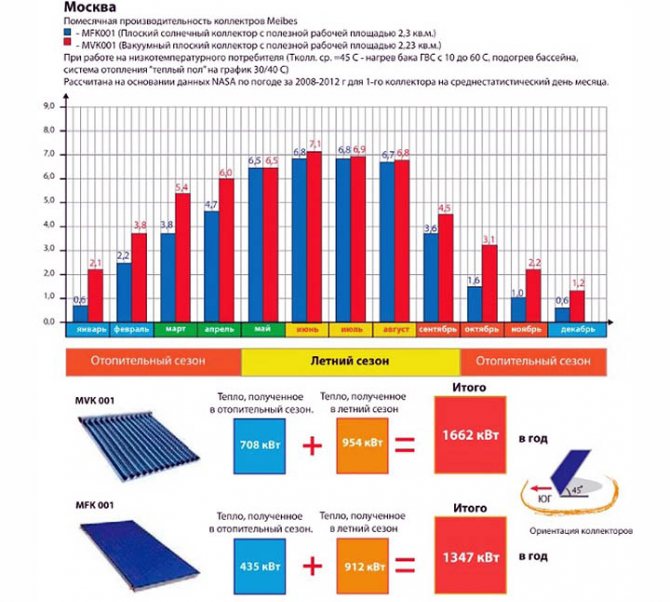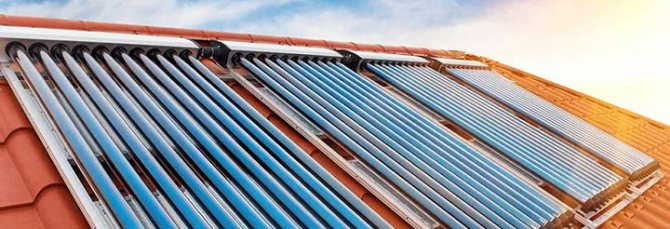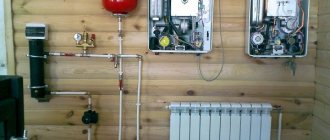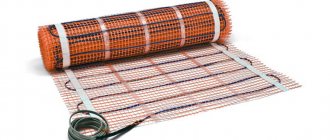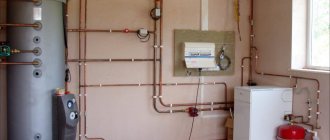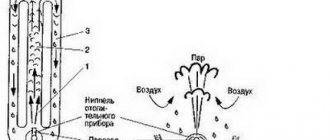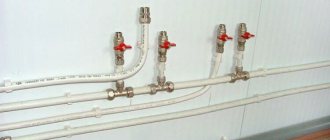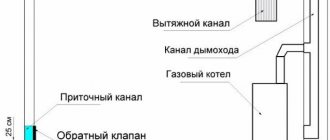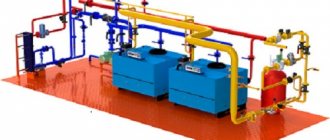Varieties of devices
In a chain of dissimilar conductors at a variable temperature, thermo-EMF can occur at the points of contact. Based on this, the so-called Peltier module was developed and created. It consists of 2 ceramic plates, between which a bimetal is installed. When an electric current is applied, one of the plates gradually begins to heat up, while the other cools down at the same time. This ability makes it possible to make refrigerators from such elements.
But the reverse process can also be observed, when a temperature difference will be maintained at the points of contact. In this case, the plates will begin to generate electric current. Such a module can be used to generate a small amount of electrical energy.
Module operation
Thermogenerators of electricity work according to a certain principle. So, depending on the direction of the current, absorption or release of heat is observed in the contact of dissimilar conductors. It depends on the direction of the electricity. In this case, the current density is the same, and the energy is different.
Heating of the crystal lattice is observed if the outflowing energy is less than that that enters the contact. When the direction of the current changes, the opposite process occurs. The energy in the crystal lattice decreases, so the device cools down.
The most popular is the thermoelectric module, consisting of conductors of types p and n, which are interconnected through copper analogs. In each of the elements there are 4 transitions, which are cooled and heated. Due to the temperature difference, it is possible to create a thermoelectric generator.
Advantages and disadvantages
Regardless of whether it is purchased or made by hand, the thermoelectric generator has a number of advantages. So, the most significant of them include:
- Small dimensions.
- The ability to work both in heating and cooling devices.
- When the polarity is reversed, the process is reversible.
- Lack of moving elements that wear out quickly enough.
Despite the existing significant advantages, such a device has some disadvantages:
- Insignificant efficiency (only 2-3%).
- The need to create a source responsible for the temperature difference.
- Substantial energy consumption.
- High cost price.
Based on the above negative and positive qualities, we can say that such a device is advisable to use if it is necessary to recharge a mobile phone, tablet computer or light an LED light bulb.
Features of the
A wood-fired power plant is far from a new invention, but modern technologies have made it possible to somewhat improve the devices developed earlier. Moreover, several different technologies are used to generate electricity.
In addition, the concept "on wood" is somewhat inaccurate, since any solid fuel (wood, wood chips, pallets, coal, coke), in general, anything that can burn, is suitable for the operation of such a station.
Immediately, we note that firewood, or rather the process of their combustion, acts only as a source of energy that ensures the functioning of the device in which electricity is generated.
The main advantages of such power plants are:
- The ability to use a wide variety of solid fuels and their availability;
- Getting electricity anywhere;
- The use of different technologies allows you to receive electricity with a wide variety of parameters (sufficient only for regular recharging of the phone and before powering industrial equipment);
- It can also act as an alternative if power outages are common and also the main source of electricity.
DIY making
You can make a thermoelectric generator with your own hands. For this purpose, some elements are required:
- Module capable of withstanding temperatures up to 300-400 ° C.
- A boost converter whose purpose is to receive a continuous voltage of 5 V.
- Heater in the form of a fire, candle or some kind of miniature stove.
- Cooler. Water or snow are the most popular options at hand.
- Connecting elements. For this purpose, you can use mugs or pots of different sizes.
The wires between the transmitter and the module must be insulated with a heat-resistant compound or conventional sealant. It is necessary to assemble the device in the following sequence:
- Leave only the case from the power supply.
- Glue the Peltier module to the radiator with the cold side.
- Having previously cleaned and polished the surface, you need to glue the element on the other side.
- From the input of the voltage converter, it is necessary to solder the wires to the outputs of the plate.
In this case, the thermogenerator for correct operation must be endowed with the following characteristics: output voltage - 5 volts, type of output for connecting the device - USB (or any other, depending on preferences), the minimum load power should be 0.5 A. In this case, you can use any Type of fuel.
Checking the mechanism is quite simple. You can put several dry and thin twigs inside. Set them on fire, and after a few minutes connect some device, for example, a phone for recharging. It is not difficult to assemble a thermogenerator. If everything is done correctly, then it will last more than one year in trips and hikes.
Electricity from heat
category alternative energy materials in the category
At the beginning of the last century, inventors and scientists were already well aware of the benefits that the widespread use of electricity can give. However, for a long time there was no way to obtain it cheaply in sufficient quantities. But in 1821 a curious phenomenon was discovered by the German scientist Seebeck.
If you take a closed circuit of two dissimilar conductors soldered together and heat one junction and cool the other, then a current will appear in the circuit. In this surprisingly simple device (they called it a thermoelement), heat energy is, as it were, directly converted into electrical energy.
In a galvanic cell known long before him, energy was obtained by dissolving a metal in an electrolyte. These substances are quite expensive, and energy was not cheap. The thermocouple is another matter. It itself is not consumed, and fuel is readily available. Moreover, it can be heated with anything: the sun, volcanic heat, combustion products flying out through the furnace tube, etc.
Let's take a closer look at some of its properties. A single thermoelement develops a small EMF - tenths, hundredths of a volt. However, its internal resistance is very small, therefore, the generated current can be very large.
Such a beautiful experiment has long been known. An electromagnet with an iron core and a winding consisting of ... one turn. But the coil is a brace made of copper with a thickness of a finger, closed by a soldered bismuth bridge. We heat one end of the junction with an ordinary laboratory torch, the other - we cool it with water. A current of thousands of amperes arises, and a magnet (with one turn!) Holds grandmother's cast-iron iron.
Low EMF is not a problem, thermocouples are easily connected into a battery with a series connection of hundreds or thousands of sources.It looks like such an accordion made of alternating bands of two metals. A strong current at a moderate voltage of 2-3 volts was the best suited for use in small electroplating workshops. It was produced by thermoelectric generators, resembling a small stove fired with wood, coal or gas.
They were used by artisans at the beginning of the century. There were attempts to solve larger problems. For example, at the end of the 80s of the last century in Paris, Clouet built a thermoelectric generator that provided energy for 80 Yablochkov's "candles". The efficiency of installations at that time did not exceed 0.3%. It would seem that very little, but all the lost heat could be used for heating the house, heating water or cooking. Heating furnaces with built-in thermoelectric generators were also proposed. It is curious that their installation in no way increases fuel consumption for heating. After all, electricity, if it is consumed in the same room, will turn into heat again!
History decreed otherwise. Electricity turned out to be much more profitable to produce at power plants and distribute centrally to consumers. Even in the last century, the efficiency of power plants was ten times higher than that of thermoelements. However, the graceful simplicity, reliability due to the absence of moving parts, fascinated many. Attempts to increase the efficiency without deep penetration into the theory have not led to serious success. EMF arises as a result of heating the thermoelement legs, but at the same time a parasitic heat flux arises, which uselessly flows from the hot junction to the cold one. Trying to use it, they began to assemble cascades of thermoelements, in which the colder junction of one heats the hot junction of the other. The temperature of the hot junctions decreases at each stage of the cascade. However, by selecting materials that work best in a given temperature range, the efficiency of the entire system can be significantly increased.
There is another possibility as well. It is called heat recovery. Let us direct the air flow along the thermoelectric cascade from the cold end to the hot one. At the same time, it will gain from the elements a part of the heat flowing through them and heat up. After that, we will direct hot air into the furnace and save some of the fuel. This whole procedure is equivalent to a decrease in the thermal conductivity of thermoelement materials, and it will only be beneficial if a strictly defined part of the heat is removed from each element. However, the regeneration is perceptible only when the thermoelements themselves, included in the cascade, are sufficiently perfect.
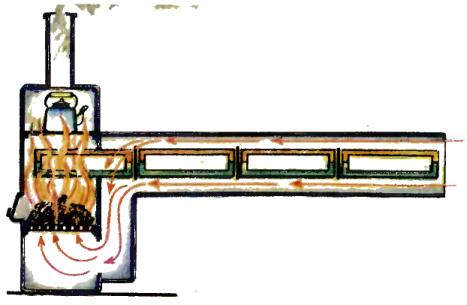
In the 30s, theoretical work in the field of thermoelectricity was carried out especially intensively in our country. They say there is nothing more practical than a good theory. Academician A. F. Ioffe created a new theory of processes occurring in a solid. Some respectable scientists took it with hostility, called it “quantum mechanical subconsciousness”. But in 1940, based on her findings, it was possible to increase the efficiency of the thermoelement by 10 times. This happened due to the replacement of metals with semiconductors - substances with a higher thermoEMF and low thermal conductivity.
At the beginning of the war, a "partisan boiler" was created in Ioffe's laboratory - a thermoelectric generator for powering portable radio stations. It was a pot, on the bottom of which thermoelements were located outside. Their combustible joints were on fire, and the cold ones, attached to the bottom of the pot, were cooled with water poured into it.
Careful selection of materials, the use of regeneration have made it possible in our time to bring the efficiency of the thermoelement to 15%. At the beginning of the century, conventional power plants had such efficiency, but now it has more than tripled. There is still no place for a thermoelement in large-scale power engineering. But there is also a small energy. Several tens of watts are required to power a radio relay station on a mountain peak, or a marine signal buoy. There are also remote places where people live who need electricity and heat.In such cases, thermoelements heated by gas or liquid fuel are used. It is especially valuable that these devices can be placed in a small underground bunker and left completely unattended, only once a year or less often to replenish the fuel supply. Due to the low power, its consumption at any efficiency turns out to be acceptable, and besides ... there is no choice.
Doctors have found an interesting application for thermoelectric generators. For more than two decades, thousands of people have worn an implanted cardiac pacemaker placed under the skin. The source of energy for it is a tiny (with a thimble) battery of hundreds of thermoelements connected in series, heated by the decay of a harmless isotope. A simple operation to replace it is performed every 5-10 years.
In Japan, an electronic watch is produced, the energy of which from the heat of the hand is given by a thermoelement.
Recently, an Italian firm announced the start of work on an electric vehicle with a thermoelectric generator. This power source is much lighter than batteries, so the mileage of a thermoelectric car will be no less than that of a conventional one. (Recall that electric vehicles are capable of traveling 150 km with a single charge.) It is believed that by means of various tweaks, fuel consumption can be made acceptable. The main advantages of the new type of crew are absolutely harmless exhaust, silent movement, the use of the cheapest liquid (and possibly solid) fuel, very high reliability.
In the 30s, the work on thermoelements carried out in our country was widely known. This is probably why the writer G. Adamov described in his novel "The Mystery of Two Oceans" the submarine "Pioneer", which received energy from battery cables. So he called thermoelectric generators made in the form of long cables. Their hot junctions with the help of a buoy were raised to the upper layers of the ocean, where the temperature reaches 20-25 ° C, and the cold ones were cooled by deep-sea water with a temperature of 1-2 ° C. So the fantastic "Pioneer" is a boat capable of giving a hundred points ahead of the current atomic, charged my batteries.
Is this real? There are no reports of direct experiments of this kind in the press. However, something curious flashed by. A thermoelectric generator for 1000 kW was created, which generates energy due to the heat of hot underground sources. The temperature difference between the hot and cold junctions is 23 ° C, like in the ocean, the specific gravity of 6 kg per 1 kW is much lower than that of the power plants of conventional submarines. Are we on the cusp of a new energy revolution, a new age of electricity?
A. SAVELIEV Young Technician 1992 N7


